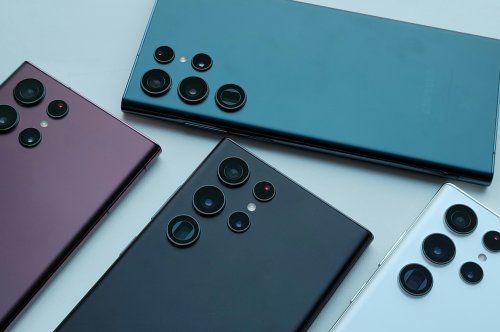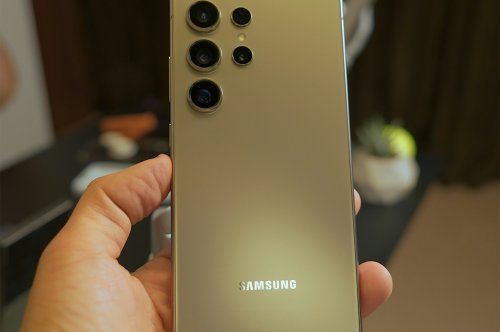5G Evolution: How the Latest Network Technology is Transforming Phone Capabilities

In today's fast-paced digital age, staying connected has become a necessity rather than a luxury. With the advent of 5G technology, the landscape of mobile connectivity is undergoing a revolutionary transformation. The fifth generation of wireless technology promises lightning-fast speeds, ultra-low latency, and unprecedented reliability, paving the way for a host of new capabilities and experiences on our smartphones. In this article, we delve into the evolution of 5G and explore how it is reshaping the capabilities of our mobile devices.
Understanding 5G Evolution
To grasp the significance of 5G, it's essential to understand its evolution from previous generations of wireless technology. While 4G LTE brought about significant improvements in speed and reliability compared to its predecessors, 5G takes connectivity to an entirely new level. Unlike 4G, which primarily focused on delivering faster download and upload speeds, 5G is designed to be a multi-dimensional network capable of supporting a vast array of applications beyond traditional mobile communication.
Lightning-Fast Speeds
One of the most touted benefits of 5G technology is its blistering speeds. With theoretical peak speeds reaching up to 20 Gbps, 5G networks can deliver data rates that are several times faster than even the most advanced 4G networks. This means that tasks such as downloading large files, streaming high-definition video, and gaming on-the-go will become virtually instantaneous on 5G-enabled smartphones.
Ultra-Low Latency
In addition to speed, 5G networks offer ultra-low latency, reducing the delay between sending and receiving data to a fraction of what is possible with 4G. This near real-time responsiveness opens up a world of possibilities for applications that require instantaneous interaction, such as virtual reality (VR), augmented reality (AR), and remote-controlled robotics. With 5G, users can experience immersive VR gaming, participate in virtual meetings with lifelike avatars, and control IoT devices with unprecedented responsiveness, all from their smartphones.
Massive Connectivity
Another hallmark feature of 5G is its ability to support a massive number of connected devices simultaneously. This is made possible through technologies such as network slicing and massive MIMO (Multiple Input Multiple Output), which allow 5G networks to dynamically allocate resources based on the specific requirements of each application. As a result, users can expect seamless connectivity even in crowded environments such as stadiums, concert venues, and urban centers, where traditional networks often struggle to cope with the influx of users.
Transformative Applications
The true potential of 5G lies not just in its technical capabilities but in the transformative applications and services it enables. From smart cities and autonomous vehicles to remote healthcare and industrial automation, 5G technology is poised to revolutionize virtually every sector of the economy. With faster speeds, lower latency, and greater reliability, smartphones will become powerful tools for unlocking new levels of productivity, efficiency, and innovation across industries.
Enhanced Multimedia Experiences
5G isn't just about faster downloads and smoother streaming—it's also about redefining how we consume and interact with multimedia content on our smartphones. With the increased bandwidth and reduced latency of 5G networks, users can expect immersive multimedia experiences like never before. From high-definition video streaming and augmented reality overlays to interactive live events and cloud gaming, 5G-enabled smartphones will offer a whole new level of engagement and entertainment.
Challenges and Considerations
While the promises of 5G are undeniably exciting, there are also challenges and considerations that come with its adoption. One major concern is the deployment of 5G infrastructure, which requires significant investment in new network equipment and infrastructure upgrades. Additionally, there are concerns about the potential health effects of prolonged exposure to 5G radiation, although studies conducted thus far have found no conclusive evidence of harmful effects.
Conclusion
In conclusion, 5G technology represents a quantum leap forward in mobile connectivity, offering unprecedented speed, reliability, and responsiveness. As 5G networks continue to roll out globally and 5G-enabled smartphones become more ubiquitous, we can expect to see a myriad of new capabilities and experiences that were previously unimaginable. From enhanced multimedia experiences and transformative applications to seamless connectivity and massive IoT deployments, the possibilities are endless with 5G. As we embrace this new era of connectivity, the way we interact with our smartphones—and the world around us—will be forever transformed.







